Just Right books
1 Replies
One of the literacy buzz-words in my local schools is the “Just Right book”.
Kids pillaging the library are always looking for one, preferably a funny one. A book that’s not too easy and not too hard. But this seems to mean slightly different things to different people.
Choosing a Just Right book
For the ~80% of kids who don’t struggle to learn to read, it’s fine for parents to pick something that looks like it might interest them, decide by eyeballing it whether it’s about the right level, then listen to them reading a page and count the errors to work out what’s a Just Right book.
The errors rule of thumb is:leev
- If a learner can read 19 out of 20 words (95%) in a book, it’s suitable for independent reading.
- If a learner can read 9 out of 10 words (90%), it’s suitable for him or her to read with adult help.
- If learners get less than 9 out of 10 words, but they’re still interested in a book, read it to them.
A Just Right book should also be one that contains mainly language the learner can understand. So avoid books with lots of unfamiliar vocabulary and long, complicated sentences. You were doing that anyway, right? Most kids’ books fit this bill anyway, except for the one child in every classroom with Specific Language Impairment, and thus has more difficulty with language than most (and sorry for repeating myself here, but if you don’t know about SLI, watch some of the RALLI videos).
Choosing books for beginners more objectively and systematically
The above suck-it-and-see strategy is not an acceptable Just Right book selection strategy for professionals like me, choosing books to help struggling readers become skilled readers. It’s too hit and miss, and it takes too long. It also potentially sets learners up to fail, and the ones I see have experienced too much reading failure already.
I need a better, more objective system, involving keeping track of which letters/spellings my learners know, and how many sounds they can blend at once, matching this to relevant books.
Most of the learners I know are keen to read something, ANYTHING, successfully. Sure, given a choice, they’d prefer to read about magic and explosions, but they understand that before they can tackle multi-syllable words with complex spellings like “magic” and “explosion”, they need to be good at one-syllable words with simple spellings.
Like the tennis-learner building basic skills by hitting a ball up against a wall, these learners are usually happy to practice getting progressively harder words off a page quickly and easily, once they know that this is an essential part of the whole reading game.
Anyway, good readers read the cereal packet or whatever else you put in front of them, because they can. Literature is important, but it’s not everything.
Skip the sink-or-swim approach
I categorically disagree with people like the author of this article (which I found by googling “just right books”) that it’s OK to just throw kids in the deep end and let them struggle. This is a good way to turn learners with weak phonemic awareness into reluctant readers.
Yes, it’s also wrong to overdo The Cat Sat On The Mat because you don’t have a proper system for working from simple to complex, but the answer isn’t making kids struggle, it’s understanding what you’re doing and having a proper system.
Books that state their spellings and syllable structures
You don’t have time to go through every book and count syllable types and spellings, and anyway most people don’t have this expertise, and most kids’ books are a mixture of easy and hard words, suitable for beginners to have read to them, not read themselves.
The only efficient way to locate a book which you know contains mostly syllable structures and spellings a learner can manage, and not too many she or he can’t, is by finding books that tell you this information upfront. For example, here’s the back of one of the Sound Out Chapter Books:
Here’s the back of one of the Phonic Books’ Alba readers:
Here’s the back of a Sounds Write reader:
Here’s the back of a Fitzroy Reader:
I wish there was a standard location and notation for this e.g. the book’s main syllable structures and spelling patterns listed in alphabetical order on the back cover. There isn’t.
This makes it hard to tell the difference between books with carefully controlled spellings and ones that contain a lot of words with a particular spelling pattern, but also many harder spellings, which is what I think these “phonics” books are:
“The Royal Boil” contains the multisyllable words “princess”, “tomorrow”, “wedding”, “simple”, “pimple”, “guests” and “probably”, as well as several long words with the target spelling: “boyfriend”, “overjoyed”, “avoid”, “annoy”, “appointment”, “royal”, “poisonous” and “ointment”.
I like to introduce the main spellings for all the vowels in single-syllable words first – boy, soy, coin, foil etc. That way, when learners meet the unstressed vowel in longer words, they know what to say to help them remember each of its spellings. So I haven’t been using this book with my Level 5 workbook, which is when I introduce “oi/oy”.
Here’s another “phonic-based” book:
I work on the sound “you” as in “rude Duke” in my Level 4 workbook, again in single-syllable words. “The rude Duke” contains words such as “cornflakes”, “sisters”, “brothers”, “adults”, “twenty”, “thirty”, “refusing”, “strawberry”, “knickers”, “instruments” and “tomato”. I can’t ask my Level 4 students to read it, either with or without help. It just doesn’t make the 90% decodable cut for these learners.
Books like these last two can be useful as a source of words with particular spellings when you’re filling up your Spelling Collection, once learners can manage multisyllable words and just need more words with a particular target sound. But otherwise they tend to just sit on my shelf.
All the controlled-spelling books I know of are listed here.
If you know of others which are missing from my list, please tell me, so that I can add them.


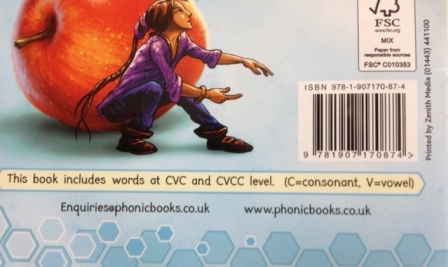
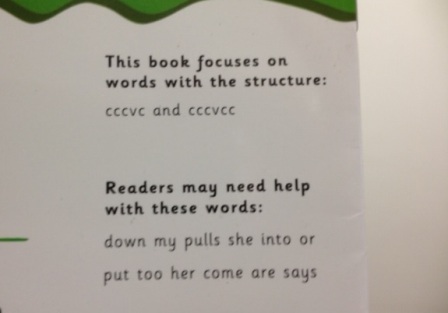
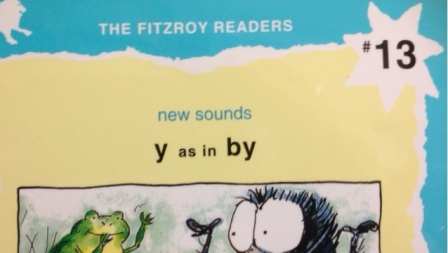
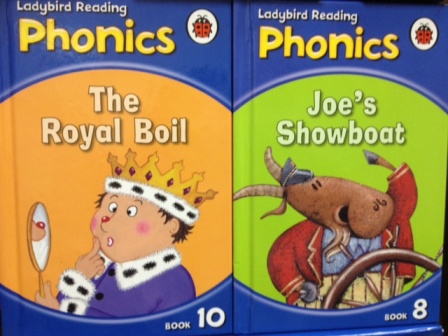
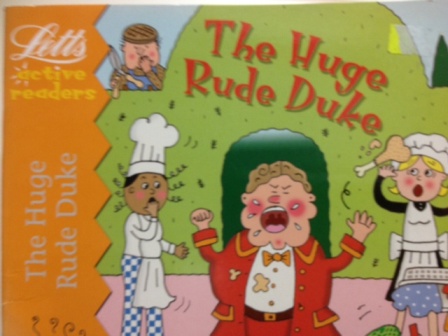


I love spending time reading books for my child, it helps bonding our relationship, don’t require too much energy and they can learn something new everyday.